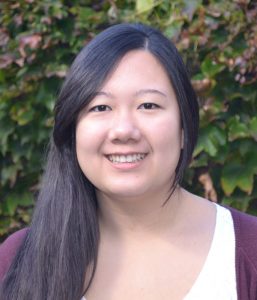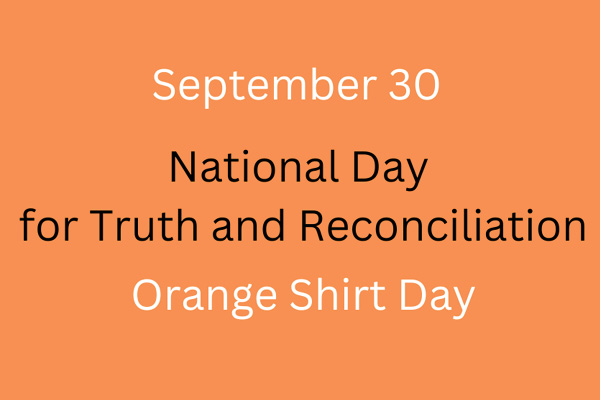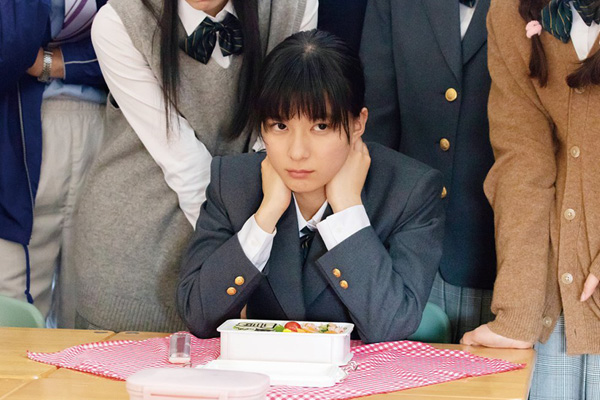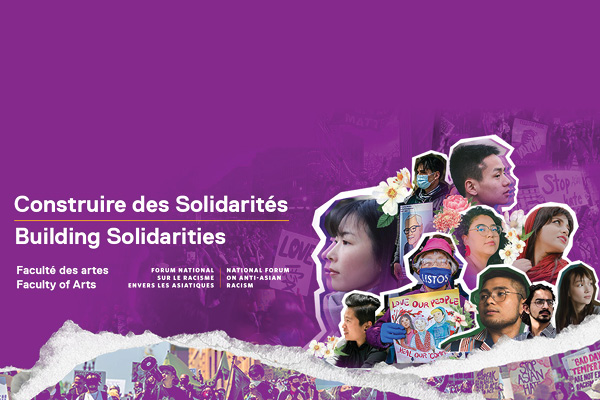Landscapes of Injustice congratulates Kara Isozaki on receiving the NAJC/LOI Hide Hyodo-Shimizu Research Scholarship funded by the National Association of Japanese Canadians and Landscapes of Injustice, valued at $10,000. We are thrilled to welcome her to the project.
 Can you tell us about yourself and your academic background?
Can you tell us about yourself and your academic background?
I am a fourth-generation Japanese Canadian on both sides of my family. I was born and raised in Toronto, which is where my grandparents settled after WWII. I completed my undergraduate degree at the University of Toronto in East Asian Studies and archaeology. I graduated this June from the Master of Museum Studies program and the Master of Information program in the archives and records management concentration from the University of Toronto.
How did you hear about the project and the research fellowship?
I first heard about the project while volunteering at the Moriyama Nikkei Heritage Centre (MNHC) at the Japanese Canadian Cultural Centre (JCCC). This past February, a board member of the Greater Toronto Chapter of the NAJC told me about the research fellowship. I immediately contacted Mr. Abe and was delighted to learn that I was eligible to apply.
In addition to your studies, what work experience do you feel you will bring to the project’s dissemination goals in Phase 2?
Through my work at the JCCC, I am very familiar with different aspects of Japanese Canadian history and the types of materials that have been collected to preserve and tell this history. At the MNHC, I catalogued hundreds of archival materials and artefacts, such as photographs of Hastings Park and Japanese dance costumes. With the SEDAI Project, I helped the Manager develop a way to regulate the vocabulary used to create metadata tags for interviews. I produced tags for over 50 hours of video with interviewees who generously shared their stories about the war years and life before and after them.
I have experience producing interpretive materials that contextualize archival records, artefacts, and deliverables developed from research data sets. In terms of online content, I created an exhibition for the Royal Ontario Museum about Toronto archaeology as well as one for a University of Toronto research program featuring student projects.
I understand that you are also deeply involved in the Japanese Canadian community. Can you elaborate on this, perhaps highlighting some of the special initiatives you have undertaken?
I have more than ten years’ experience volunteering and working in the community, especially with the JCCC. One of the most memorable experiences was assisting with the installation of ‘A Call for Justice – Fighting for Japanese Canadian Redress,’ which was a travelling exhibition from the Nikkei National Museum & Cultural Centre. Members of my family were involved in Redress, including my grandparents who went to Ottawa, so it was wonderful to help convey this part of the community’s history.
How might you imagine combining your academic studies with your work experience and community service as you embark on your work with the project?
I am excited to apply the theoretical and practical knowledge I have gained from my archives and museum courses, particularly regarding usability, privacy, and collections management of digital repositories. I look forward to using this knowledge and my critical thinking skills to help the Digital Archival Cluster facilitate access to and promote content with which I already have professional and personal connections.
Do you have any advice to other Japanese Canadian youth to help them identify with their heritage?
I would encourage them to get involved with their local Japanese Canadian groups. By working alongside the JCCC staff and volunteers, I learned about many of the shared and individual experiences that make up my community and family heritage.



